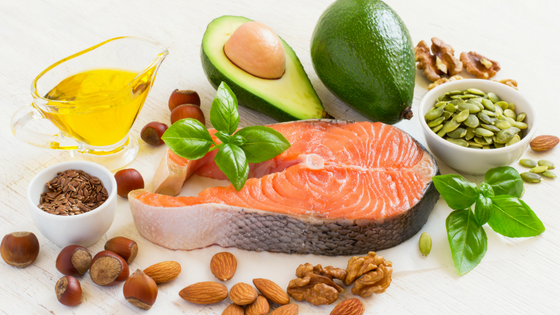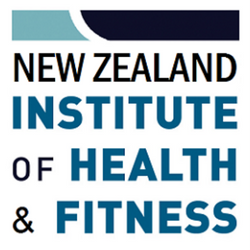People standing rigid and squinting at the packaging of foodstuffs in Supermarkets is a common sight in the modern world. Never before has there been more emphasis placed on what we consume, body image and the health ramifications of our lifestyle choices.
Moreover, the enhanced scientific data around the foods we eat and the vices we have is considerable and instantly available through social media.
Maintaining a healthy weight
As quickly as we can source a recipe on our device and follow the steps to prepare a meal, so too can we access the nutritional information of the ingredients we are using and also calculate the fitness and exercise required to maintain a healthy weight.
Sadly, the simplicity in citing the total fat content of an item on the packaging is unreliable and misleading.
How to lower cholesterol
The role of good fats such as the polyunsaturated variety found in plant-based foods and oils are proven to lower cholesterol and improve general heart health, as do monounsaturated fats found in nuts and butter. The value of Omega-3 is well known yet it’s position as a polyunsaturated fat not so common.
Deciphering the microscopic data on packaging; sifting through percentages of healthy fats, bad fats and making sense of terms like ‘mono’, ‘saturated’ and ‘unsaturated’ can be an exasperating experience.
The fact is, without expert knowledge, the average person can be left somewhat lost within the decision. Accessing an instructional resource such as yourbest.co.nz, thankfully, has never been easier and the opportunity to be guided through fitness, lifestyle and dietary choices by a qualified fitness industry expert is becoming increasingly popular.
Understanding the roles of fat
While the value in healthy recipes and general health tips will never be lost, realising the complex role of fats and their consumption is just as important. Understanding the simple fact that eating fat won’t necessarily make you fat is key and something with which many health-conscious people grapple.
Engaging qualified professionals and understanding the roles that different fats play in our overall physiology can make the choices we make at the checkout much easier. Sifting through unreliable advice and finding the scientific truth is the key.







